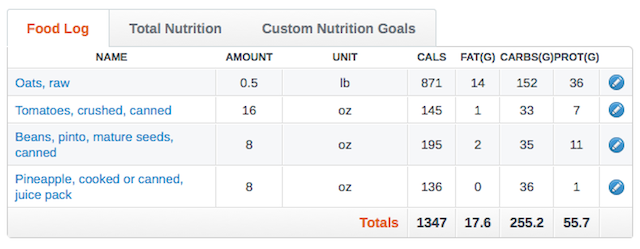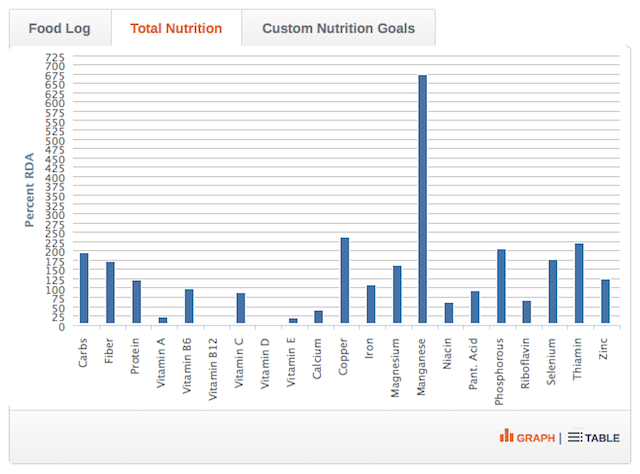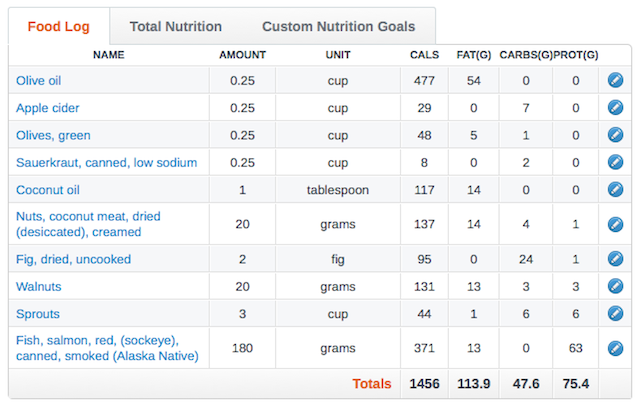
To me, the Theory of Anyway shifts the structure of the discussion. Instead of asking “Do we have time to make the peach jam?” It asks the question as it should be asked: “Do we have the time to live rightly?”
Independence Days by Sharon Astyk
I just found a very enjoyable book at the Kamloops Public Library called Independence Days: A Guide to Sustainable Food Storage and Preservation by Sharon Astyk. The book outlines why every household should have a program of food storage. The book would be best suited for someone new to the concept of food storage. The book is more about the why of food storage, not the how-to. If you are looking for more detailed how-to information, here are some of my favorite books about food security:
Create an Oasis with Greywater by Art Ludwig
Four Season Harvest by Elliot Coleman
Gardening When It Counts: Growing Food in Hard Times by Steve Solomon
How to Grow Food in Your Polytunnel: All Year Round by Mark Gatter
Nourishing Traditions by Sally Fallon
Putting Food By by Janet Greene
Root Cellaring: Natural Cold Storage of Fruits and Vegetables by Mike Bubel
The Permaculture Handbook: Garden Farming for Town & Country by Peter Bane
When Technology Fails by Mat Stein
Guns, Germs and Steel by Jared Diamond
Sharon gives suggestions for how a householder could start a food storage program even with very limited financial resources. She is an avid gardener and processes the bounty of her garden by putting away food in a root cellar and processing food for storage by fermenting, drying, canning and freezing. This saves her a great deal of money. Food she doesn’t grow herself, she buys from local farmers, which supports the development of her local food system. She does buy some dried foods from other areas, but she makes a practice of never importing fresh foods.
Sharon addresses two very important issues surrounding food storage. The first issue is to buy as much of your stores locally as possible — especially fresh foods — because fresh foods take a lot of energy to ship and you are really importing water from one area of the country to another. Sharon makes a compelling argument to buy as much of your stored food locally as possible. But if you do need to buy foods from other places requiring shipping, focus those purchases on dried foods. This will reduce your carbon footprint and stop the practice of shipping water from dry areas of the country to wet areas of the country, which intensifies water shortages and resource conflicts.
The second issue of food storage is to buy foods your family will eat. She believes food stores should be made up of foods that your family eats on a regular basis. She doesn’t understand the practice of buying emergency rations the family does not intend to eat, a practice done by some emergency preppers. Thus, storing food intended for eating, means developing a method of rotation. Sharon walks the reader though how to put away and rotate 30 days of emergency food and water. She stipulates that her emergency rations could be eaten without cooking. Her suggestion for one person’s 30 days of food independence is as follows:
15lbs rolled oats, raw
30 16oz tomatoes, canned
30 8oz beans, canned
30 8oz assorted fruit, canned

I used fitday.com to get a breakdown of the macro-nutrients of Sharon’s emergency rations.

Here is the fitday.com micro-nutrient profile of Sharon’s emergency rations. A very small amount of cod liver oil and canned oysters would help with deficiencies in vitamin A, D and B12.
The Weston A Price Foundation would not consider eating raw oats a safe practice but would recommend soaking, souring and cooking the oats before eating. Most commercially canned beans and legumes are not normally soaked before canning and can be difficult to digest for some. (Here is Sarah Pope’s video for Proper Preparation of Grains and Legumes.)
This list of emergency rations does not appeal to me because it is grain-based and extremely high in carbohydrates. The rations wouldn’t work well for people on the Specific Carbohydrate Diet either. The major benefit of these emergency rations is price. The rations would fill someone up and give enough energy to do work. No matter how limited someone’s financial resources, they could put together this list, and achieve 30 days of food independence.
My pantry has 6-12 months of food depending on the time of year, stored in a root cellar, freezers and dried storage area. In an emergency, I would do everything in my power to remain in my home.
But Sharon’s list got me thinking about what I would store for 30 days of emergency rations, if I couldn’t cook or had to leave my home. I almost never eat canned foods but I do have a few commercially and home canned items in my pantry.
This is the list I came up with for one person. It would be good for anyone on the SCD, GAPS or modified paleo diet. Sorry, I couldn’t keep it down to four items:
30 180g assorted cans: wild sockeye salmon, albacore tuna in olive oil and sardines
500g assorted homemade beef jerky, buffalo jerky or home-cured meats
1L organic extra olive oil
1L organic cider vinegar
1L home-cured green olives in brine and olive oil
1L lacto-fermented kimchi or sauerkraut
500g organic creamed coconut
250g organic coconut oil
1kg pastured butter
1kg raw hard cheese
500g mixed organic dried fruit: figs, plums, apricots and apple
500g mixed organic raw nuts: cashews, almonds, pecans and walnuts
1c organic sprouting seeds: French green lentils, fenugreek, radish and broccoli

This is the macro-nutrient breakdown of my emergency rations. I would be concerned about this diet for any length of time because it lacks in fresh foods.
I cannot imagine any situation where I could not work out some way to heat water and cook. In my Got-to-Go Kit, I have a way to purify water, a stove, cooking gear and a kitchen kit. (For more information please read Eating Nourishing Traditional Foods While Traveling.) I would have a way to sprout seeds if there were no fresh garden produce available or a way to wildcraft greens. I would have two thermoses for keeping water hot all day long. If I could cook, I would add:
1L dried homemade mushroom, seaweed and herb broth
4L homemade dried onions, squash, carrots and garlic (fresh would be better)
You may find my list of emergency rations expensive but my family would come out of the 30 days well nourished. Actually, their diet would be very close to their regular diet. My emergency rations are very high in fat and moderate in protein. The carbohydrates come from the dried fruit, apple cider vinegar, mushrooms, dried assorted vegetables and sprouts. Every family would have different emergency rations because everyone’s family is different. What would your family’s emergency rations look like?
Independence Days also poses another great question: “How many independence days do you have each year?” Independence days are the number of days each year you eat for free.
Free doesn’t mean easy or without effort. It means growing food in your own garden or trading food with neighbors or friends. It means getting free of the industrial food system and producing as much of your own food as possible and supporting the growth of a local food system. It means personal food security. This book got me hungry for my own independence days. It got me wondering how many independence days I could have each year.
Hattip Survival Sherpa

























